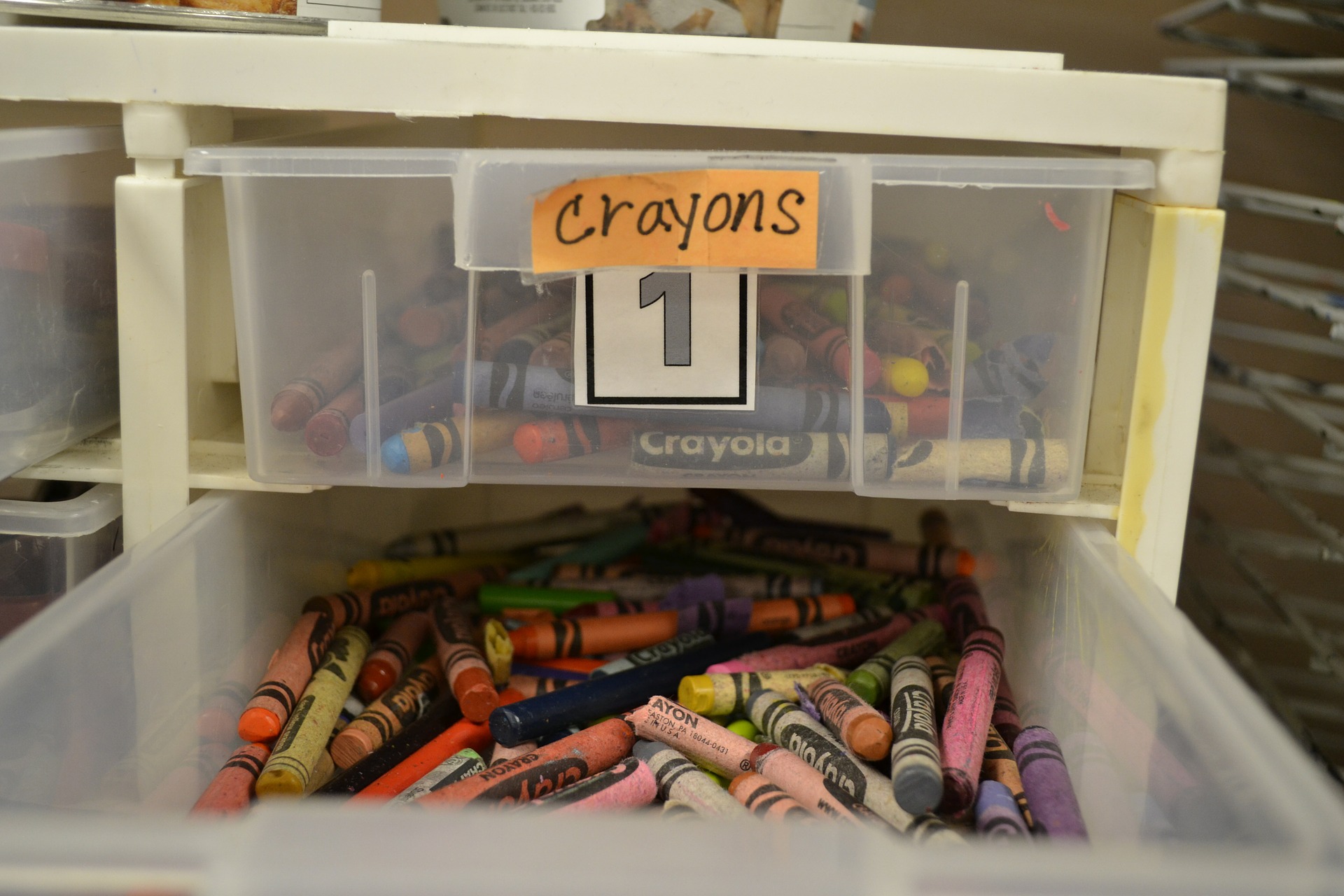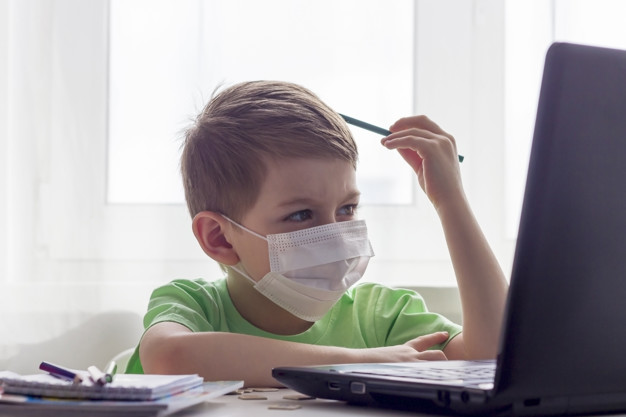14 June 2020
In September we are all ready to give the best answer
By Ana Moreno
Impuls Educació, aware of the importance of adding, has prepared a survey for teachers with the intention of collecting information to make a careful assessment of the situation of exceptionality created in schools by Covid-19. Learning from experience will help us to prepare the Guide “Prepared to give the best educational response to Covid-19”. When we have the data, it will be analyzed by comparing and contrasting it with the results of other studies of recognized prestige, and the guide will be elaborated.

This global pandemic has highlighted the importance of collaboration among all levels of society to alleviate health, educational and economic consequences.
Collaborating and learning from experience are keys to coming out stronger
The media talk a lot about the digital divide and educational equity. At the moment it is the one that worries most. But although prioritizing access for everyone to educational continuity in the present situation is very important, it does not seem to be the most complicated aspect to solve and it is also necessary to look at all the educational dimensions of a generation of children and young people who will have to lead society in a not so distant time, the recently named Covid-19 generation.
This global pandemic has highlighted the importance of the collaboration of all social classes, governments, businesses, public and private institutions, local and international, to alleviate the health, educational and economic consequences.
Study Fundació Bofill
Studies and proposals have been made in all countries. In this article we especially highlight two reference works. The first, which has been chosen for reasons of proximity and quality, is led by the Fundació Bofill where, from a perspective of equity and educational transformation, it proposes 10 shock measures and reforms that it considers to be priorities:
- Teacher training in the new ecology of learning and personalization
- Review and strengthen the tutorial and guidance function of the centres
- Curriculum review, learning and competence assessment
- A policy for high complexity centres
- An anti-segregation policy for schools
- Policies to combat educational dropouts
- Authentic policies of family accompaniment to schooling
- 360 o (and 365 days), equitable and quality education policies and environments
- Evidence-informed education policy and teaching practices
Although it may seem an ambitious proposal, after the exceptional situation to which the Covid-19 pandemic has led the whole world, it is more than justified, for the sake of the present and an uncertain future, but perhaps now more “imaginable” than ever.

In order to help decision-makers in education systems around the world, they have collected data from more than 50 countries at different times of the health crisis and have already published three valuable studies.
Learning from the pandemic. From disruption to education
The second study, which has been chosen for reasons of scope and internationality, is the result of ongoing collaboration since the beginning of the pandemic between the OECD and the Harvard University Global Education Innovation Initiative. Both institutions, in order to help decision-makers in education systems around the world, have collected data from more than 50 countries at different times of the health crisis and have already published three valuable studies.
The first was Guidelines to guide the educational response to the COVID-19 pandemic, which used the information provided by the different countries as a basis for proposing some keys for dealing with the situation of confinement. The second was Supporting the continuation of teaching and learning during the COVID-19 pandemic. Annotated resources for online learning, provided a compilation of tools and resources for online training, and the third Learning from the pandemic. From disruption to innovation, after consulting by survey in 59 countries, proposes 15 factors to be taken into account when maintaining the continuity of education in a second phase of the pandemic.
This last study is particularly interesting when preparing for the next school year. The report begins by saying that education systems show remarkable resilience and commitment to education, establishing strategies to ensure educational continuity under extremely difficult conditions. Most of these strategies, but they focused on ensuring continuity of academic learning in the wake of students’ socio-emotional development, and in addition, not all students were able to participate equally in the planned activities. The study highlights that although most of the countries surveyed made efforts to provide alternative learning opportunities, less than half of the pupils were able to access the planned curriculum.
An important reflection of the researchers is that, although only 61% of governments acknowledge that they have provided special professional training for their teachers, the efforts made by both teachers and students to find new ways of teaching and learning at a distance represent a great potential for increasing the pedagogical effectiveness of education in the future. In this sense, the study highlights, as did the Delphi Report on the personalization of education prepared by Impuls Educació, the relevance of the role of technology in improving attention to the personal learning needs of each student.
The report highlights the following 15 factors for maintaining continuity in the second phase of the pandemic:
-
Get ready. Develop dynamic strategies for educational continuity that can be quickly adjusted.
- Learn from experience and develop a contingency plan.
- Develop protocols to maintain physical distance in the centres that can be adapted to the circumstances of each centre.
- Create an effective system of distance learning. It is necessary to have a B plan and prepare students, professionals, and families.
- Reinforce a wider learning ecosystem that incorporates other agents that can make distance learning viable.
- Maintain a continuous and deep professional development of the teaching staff.
- To develop the capacity for blended, online and face-to-face learning. Integrate space, time, people and technologies.
- To evaluate the needs and results of the students. Individualized strategies to maintain the commitment of each student and family to their education.
- Recover learning loss to minimize long-term impact.
- Rebalancing the curriculum. Opportunity provided by the pandemic to adapt education to the 21st century.
- Developing an effective communication system is critical.
- Encourage a management style that is adaptive and supports innovation.
- To offer autonomy and differentiated support according to the context of each school in order to achieve effective educational continuity.
- To promote innovation. Strategic clarity of objectives and great flexibility of means.
- To take advantage of resources. Education should be a priority investment after the pandemic.
You might also like








Leave A Comment